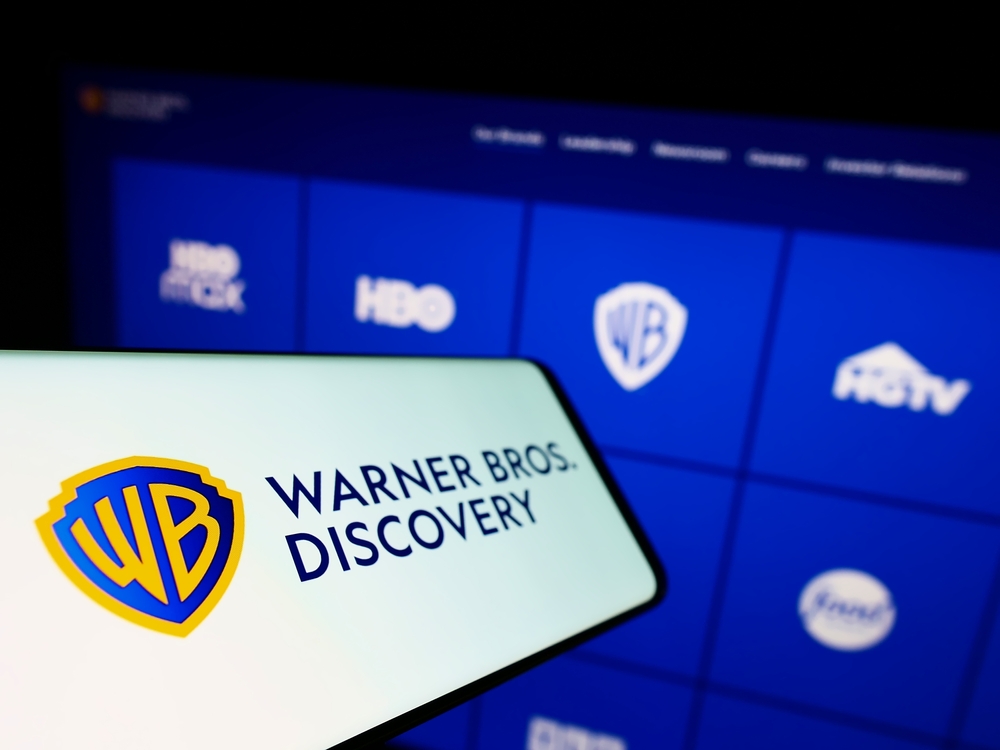|
||||||||||||||
|
||||||||||||||
|
Name
Cash Bids
Market Data
News
Ag Commentary
Weather
Resources
|
How Is Warner Bros. Discovery's Stock Performance Compared to Other Entertainment Stocks?
Born from a high-stakes 2022 merger, New York-based Warner Bros. Discovery, Inc. (WBD) fused Hollywood grandeur with lifestyle grit, melding CNN, HBO, and TNT with TLC, HGTV, and Discovery Channel. Now a global content titan broadcasting in 50 languages across more than 220 nations, WBD curates culture at scale. Commanding a $26 billion market cap, the company straddles prestige and populism, leveraging deep IP arsenals and cable dominance to navigate streaming wars and media upheaval. Large caps are the market’s heavyweights, firms valued at $10 billion or more, built on global reach, strong assets, and brand power. Warner Bros. Discovery fits the mold perfectly. As legacy TV meets digital reinvention, WBD’s scale, strategy, and storytelling muscle drive its rise. WBD may wear a heavyweight belt in media, but its stock has taken some punches, down 16.8% from its 52-week high of $12.70 set last December. Still, it's not entirely on the ropes, edging up 1.7% over the past three months. But that’s a far cry from the 11.6% rally posted by the Invesco Dynamic Leisure and Entertainment ETF (PEJ) over the same time frame.
WBD shook off its bearish blues with a technical turnaround, after months of choppy drift, the stock pierced above both its 50-day and 200-day moving averages in mid-May. That crossover flipped the script, signaling renewed momentum as bulls regained control and bearish undertones gave way to a cautious but growing optimism on the charts.
Meanwhile, ad revenue fell, content sales plunged by double digits, and even its streaming and studio arm wasn’t spared, dropping to $4.4 billion. Cable’s collapse hit hard, but streaming did not save the day either. With rumors swirling of a potential breakup, the pressure to cut through its $38 billion debt pile is more real than ever. Sure, it shaved off $2.2 billion in Q1, but cash reserves also slipped - from $5.3 billion to $3.9 billion - raising eyebrows. Yet, the plot thickened when restructuring efforts and whispers of a leaner, more focused WBD sparked a recent stock rally. Investors caught a whiff of a turnaround, finally seeing beyond the crumbling legacy business to a more agile future. It’s still a steep climb, but if WBD plays its cards right - cut costs, push smart content, and court global audiences - it might just turn this script from a tragedy to a long-overdue redemption arc. In the media arena, WBD’s been trailing its rival Walt Disney Company (DIS) lately - DIS stock soared 18.6% over the past three months, leaving WBD in the dust. But zoom out, and the tables turn. Over the past year, WBD’s double-digit rally actually outpaced Disney’s 16.1% climb. Wall Street has not written off WBD just yet. Despite the turbulence, the stock has a consensus “Moderate Buy” rating from 26 analysts covering WBD. Meanwhile, the average price target sits at $12.62, hinting at a potential 19.4% upside from here. On the date of publication, Sristi Jayaswal did not have (either directly or indirectly) positions in any of the securities mentioned in this article. All information and data in this article is solely for informational purposes. For more information please view the Barchart Disclosure Policy here. |
|
|